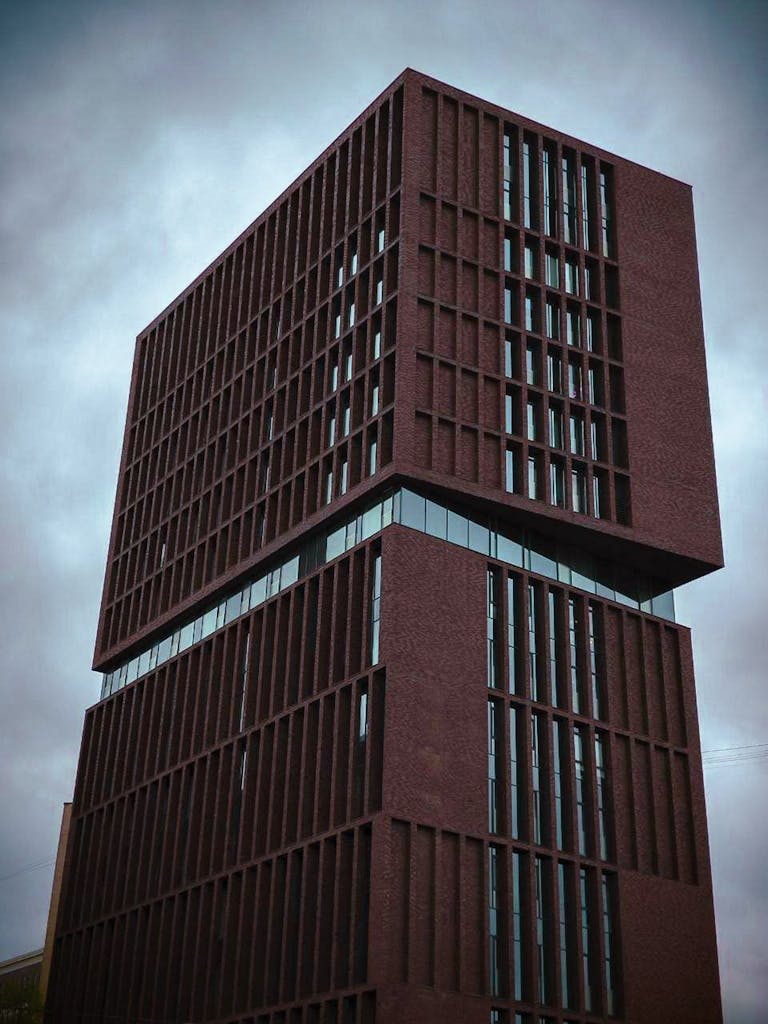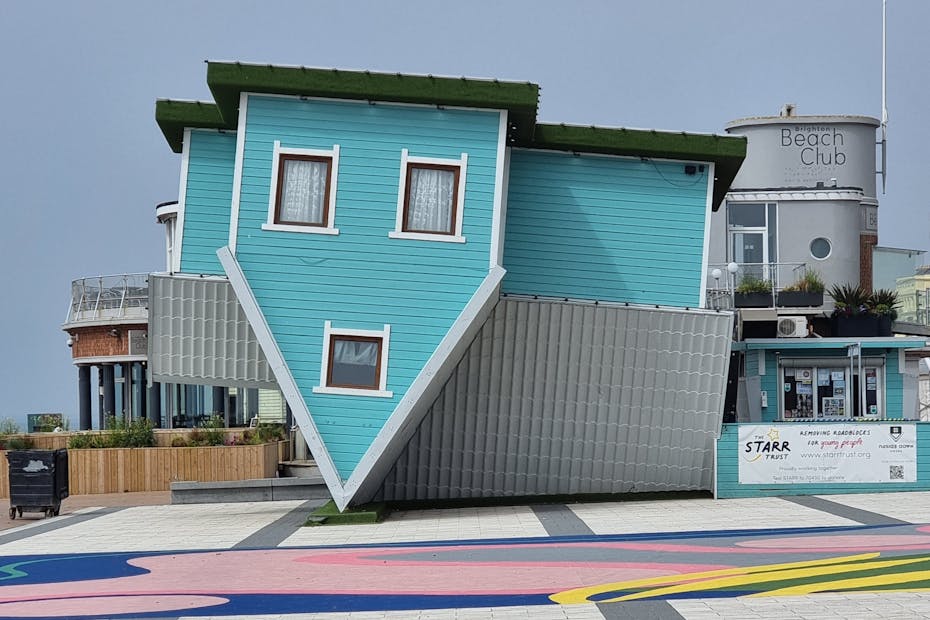Rethinking Decay: Is Architectural Aging Always a One-Way Street?
In contemporary architecture, the concept of progress often implies building new, sleeker, and more efficient structures. But what happens when we flip the narrative? What if architecture wasn’t just about forward momentum—but also about reverse movement, intentional aging, and the aesthetic of deterioration?
“Architecture in Reverse” isn’t about destruction or ruin—it’s a radical design philosophy that embraces entropy, material evolution, and the reintroduction of time as a design element. From buildings that physically weather over time to facades that are designed to peel, rust, or erode intentionally, architects are increasingly exploring how design can incorporate—and even celebrate—the backward flow of time.
The Keyword: Architecture in Reverse
This concept, Architecture in Reverse, captures a shift in thinking about how buildings age. Instead of resisting decay or hiding imperfections, architects are now embracing them as part of the architectural story. It’s not just about ruin porn or nostalgic aesthetics—it’s a reflection on temporality, human scale, sustainability, and legacy.
Historical Backdrop: Ancient Ideas Revisited
Ironically, the idea of buildings aging with dignity is not new. Roman concrete was designed to last centuries, but its patina and erosion are part of its glory. Japanese wabi-sabi celebrates imperfection and transience—where cracks in walls, weathered wood, and moss-covered stone are marks of authenticity, not flaws.
In many European cathedrals, for example, architecture was a product of several generations, often changing stylistically over time. Additions, wear, damage, and repairs were all seen as part of the structure’s ongoing life—not something to erase.
Designing for Backward Time: Materials that Evolve
One of the most fascinating aspects of architecture in reverse is the intentional selection of materials that evolve—often in unpredictable ways. Here are key examples:
- Corten steel: Used for its rusting properties. Instead of painting or sealing, the steel is left to oxidize naturally, creating a protective rust patina that becomes more beautiful over time.
- Lime plaster and earth renders: Rather than creating a hard, industrial finish, these materials crack, flake, and breathe—making the building appear alive.
- Unsealed timber: Whether in Scandinavian cabins or Japanese homes, raw wood fades and greys gracefully, signaling age without decay.
By designing with these materials, architects are building backwards—starting with perfection and allowing time to take its toll, intentionally.
Adaptive Reuse and Reversion
Architecture in reverse also plays out in adaptive reuse—the reconfiguration of older structures to serve new functions without erasing their past. A former factory becomes a co-working hub. A church becomes a library. A brutalist car park becomes luxury apartments.
In each case, the building is aging backward—not physically—but socially and programmatically. It’s being unwritten and rewritten simultaneously.
Some architects take this further, intentionally restoring only portions of old structures to reveal the layering of time. This exposes different architectural “eras” like an archaeological site, where history becomes legible through walls, joints, and scars.

Psychological and Emotional Dimensions
There’s also an emotional weight to architecture in reverse. Buildings that reveal wear, aging, or transformation can evoke a sense of comfort and permanence. In contrast to the sterile perfection of glass towers, timeworn spaces suggest longevity, patience, and lived-in warmth.
In residential architecture, aged surfaces and tactile materials often create a stronger emotional connection than polished modern finishes. A cracked tile or worn stair may be seen not as a defect, but a memory.
This plays deeply into contemporary critiques of hyper-capitalist aesthetics—where buildings are disposable and superficial. Architecture in reverse offers depth, humility, and authenticity.
Architecture as Performance Over Time
One of the boldest explorations of this idea is in temporal architecture—buildings that literally change form or appearance over years or decades.
- The Blur Building by Diller Scofidio + Renfro used water vapor to create an ephemeral structure that came and went with the weather.
- Herzog & de Meuron’s Dominus Winery used gabion walls filled with local stone, which change appearance depending on moisture and age.
- Archaism as performance: Some projects are intentionally built to deteriorate, simulating ruin over time. This includes “fake ruins” in landscape architecture as a romantic gesture.
In these cases, buildings are performances—not frozen monuments.
Urban Planning in Reverse
Urban planning can also follow reverse logic. Entire districts are now being “rewilded” or intentionally softened over time. Pavement is removed to let greenery return. Roads are narrowed or unpaved. Abandoned industrial zones become green corridors.
Here, cities are designed to unbuild themselves, echoing natural processes. The idea of the “15-minute city,” where car infrastructure is removed, is an example of reversing 20th-century planning logic.
Challenges: Risk and Regulation
There are challenges, of course. Insurance codes, safety regulations, and public perception are often biased toward permanence and cleanliness. Rusting steel or peeling plaster can be misunderstood as neglect. Designing for intentional decay requires education, clear communication, and client buy-in.
Moreover, architectural competitions and award systems still prioritize photogenic renderings and newness over time-based value. This creates tension between design for now and design for later.
Why It Matters
The relevance of architecture in reverse grows in an era facing climate change, overproduction, and cultural burnout. It’s a call to slow down—architecturally, economically, and emotionally. Buildings that can evolve backward gracefully may last longer, connect deeper, and consume fewer resources.
Rather than hiding time, this philosophy invites it in.
Conclusion: The Beauty of Architectural Time Travel
Architecture in reverse is more than a design gimmick—it’s a philosophy of humility and patience. It acknowledges that buildings live beyond the moment of construction. They stretch, breathe, weather, and adapt. They remember.
In an industry obsessed with the future, maybe the most radical thing an architect can do is design for the past—starting now.

Pingback: The Architecture of Discomfort: When Design Becomes a Tool of Control
Comments are closed.